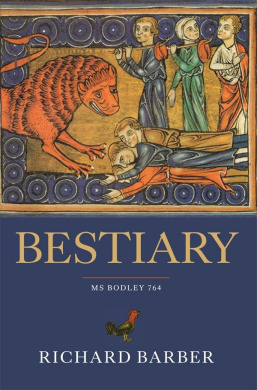Description
Michael D. Ulyshen Research Entomologist USDA Forest Service Southern Research Station 320 Green Street Athens, Georgia 30602, USA E-mail: mulyshen@fs.fed.us Phone: 706-559-4296 1. An introduction to the diversity, ecology and conservation of saproxylic insects. MD Ulyshen and J sobotnk Part I: Diversity 2. General overview of saproxylic Coleoptera. ML Gimmel and ML Ferro 3. Ecology and conservation of Passalidae. MD Ulyshen 4. Diversity and ecology of stag beetles (Lucanidae). T-I Huang 5. Saproxylic Diptera. MD Ulyshen 6. Ecology, diversity and conservation of saproxylic hymenopteran parasitoids. J Hilszczanski 7. Saproxylic bees and wasps. P Bogusch and J Hork 8. Ants: Ecology and impacts in dead wood. JR King, RJ Warren II, DS Maynard and MA Bradford 9. Diversity and ecology of saproxylic Hemiptera. MM Gossner and C Damken 10. Diversity of saproxylic Lepidoptera. T Jaworski 11. Wood-feeding termites. DE Bignell Part II. Ecology 12. Insect-fungus interactions in dead wood systems. T Birkemoe, RM Jacobsen, A Sverdrup-Thygeson, PHW Biedermann 13. Nutrient dynamics in decomposing dead wood in the context of wood eater requirements: The ecological stoichiometry of saproxylophagous insects. M Filipiak 14. Biotic interactions between saproxylic insect species. A Brin and C Bouget 15. Dispersal of saproxylic insects. H Feldhaar and B Schauer 16. Seasonality and stratification: Neotropical saproxylic beetles respond to a heat and moisture continuum with conservatism and plasticity. A Berkov Part III. Conservation 17. Importance of primary forests for the conservation of saproxylic insects. T Lachat and J Mller 18. The importance of dead-wood amount for saproxylic insects and how it interacts with dead-wood diversity and other habitat factors. S Seibold and S Thorn 19. Conservation of saproxylic insect diversity under variable retention harvesting. S-I Lee, JR Spence and DW Langor 20. Saproxylic insects and fire. J Hjltn, M Dynesius, A-M Hekkala, A Karlsson-Tiselius, T Lfroth and R Mugerwa-Pettersson 21. Saproxylic insects in tree hollows. E Mic 22. It’s the end of the wood as we know it: Insects in veteris (highly-decomposed) wood. ML Ferro 23. Utilization of non-native wood by saproxylic insects. MD Ulyshen, SM Pawson, M Branco, S Horn, ER Hoebeke and MM Gossner 24. The role of urban environments for saproxylic insects. J Hork Part IV. Methodological Advancements 25. Molecular tools for assessing saproxylic insect diversity. RC Garrick and C Bouget






